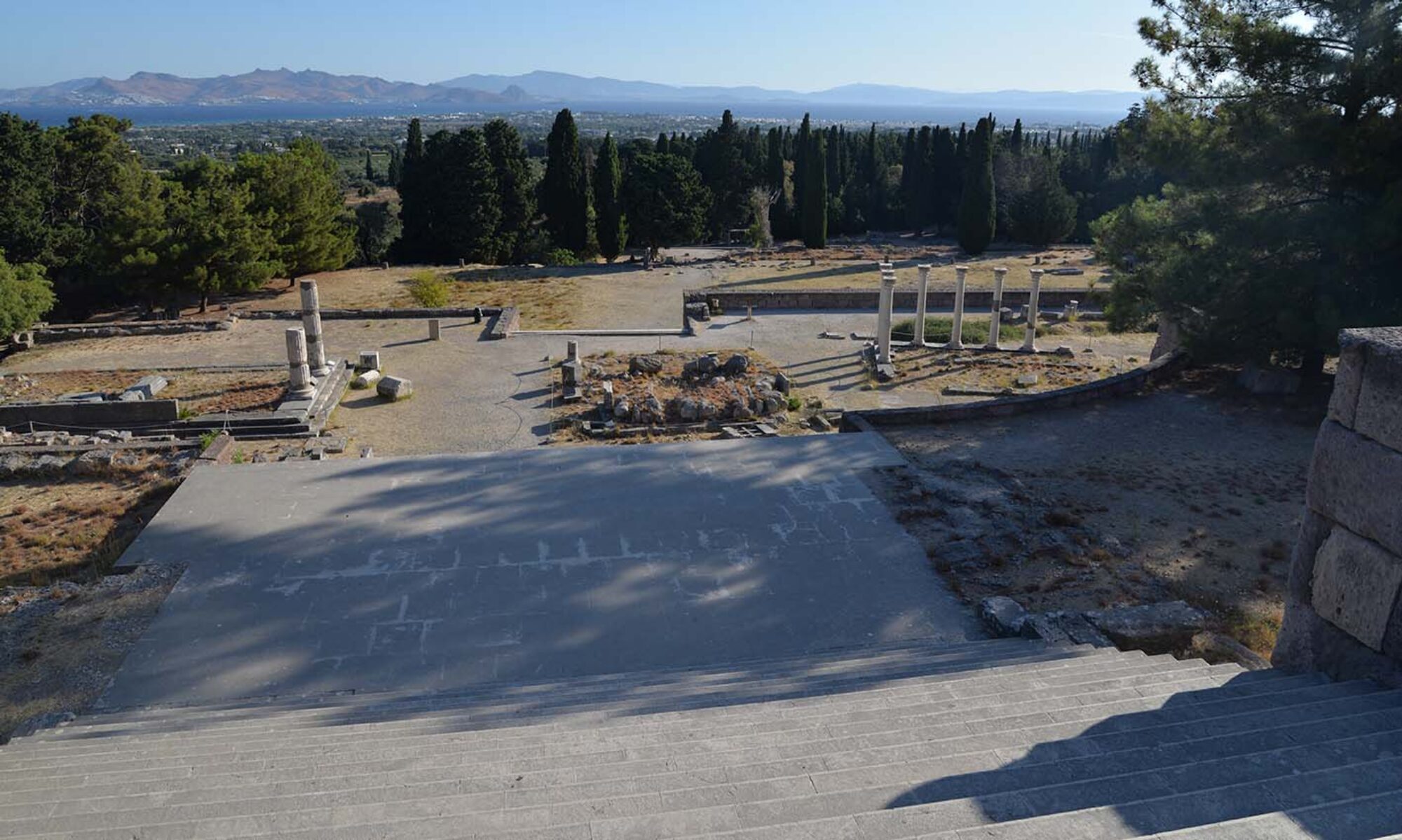For this program three case studies were originally selected, with the main criteria being:
- a comprehensive geopolitical scope, with the different scales represented – local, regional, global.
- enclosed spaces as I am also investigating the role of concentrated space on the festival experience and generation of common knowledge
- the availability and accessibility of data.
The selection has meanwhile been narrowed to the Asklepieion of Pergamon as primary case study, as the process of deep-mapping has been intensified to include the totality of material culture and literary testimony in a Geographic Information Systems environment, more fully described here.
The Asklepieion of Pergamon
- The Asklepieion near Pergamon is one of the great healing centers of the ancient world, that attracted pilgrims from across the known world. The was founded in the Hellenistic period but underwent extensive renovations in the 2nd century AD. Of the case studies, this one is unusual in that it is at the center of Aelius Aristides’ Hieroi Logoi, documenting his intensive experiences with the god of healing. Mapping these experiences will be a challenge, but especially analyzing their spatial overlap with epigraphic and other narrative records. The Asklepieion is also included in the Pergamon Micro-Region research initiative of the DAI, see dainst.blog/transpergmikro
The Shrine of Zeus at Labraunda
- Labraunda was greatly aggrandized by the Hekatomnids in the 4th century BC, with the stadion as evidence of the scale and ambitions of their festivals for Zeus. In the Hellenistic period, the festivals continued to be celebrated under the aegis of Mylasa, while several inscriptions attest to a difficult transition. Yet the sanctuary remained as popular as before. At what levels did the shrine continue to operate? Who visited it and what did they leave behind or take with them? The site is currently under excavation by the IFEA, see labraunda.org
The Asklepieion at Kos
- Kos was a regionally connected island that promoted its status via the sanctuary of Asklepios in the 3rd century BC, when it expanded the shrine and sent out great embassies to draw participants from across the Greek world, cutting across kingdoms and attracting the attention of Hellenistic rulers (Ptolemies, Attalids) as well. Yet what sorts of human interaction do we see on the ground at this popular and internationally known healing shrine?
